
Health & Welfare
The efficacy of shrimp soluble extract
Vietnam Organic applied an enzymatic hydrolysis process on shrimp head waste to produce a shrimp soluble extract (SSE) feed attractant that contains a mixture of free amino acids and peptide.
Health & Welfare
Research that has shown fish have the necessary brain structure to feel pain has displaced traditional perspectives and led to additional accounting for fish welfare in aquaculture.

Health & Welfare
Vietnam Organic applied an enzymatic hydrolysis process on shrimp head waste to produce a shrimp soluble extract (SSE) feed attractant that contains a mixture of free amino acids and peptide.
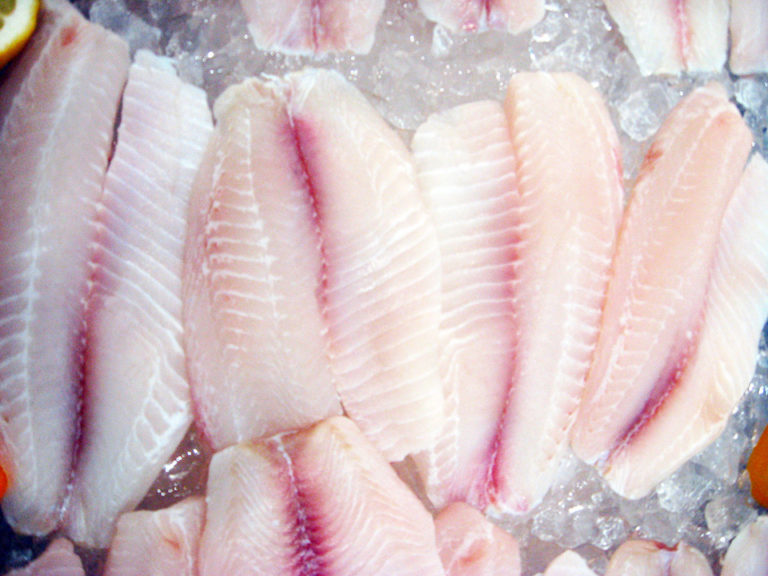
Intelligence
Within the European market of frozen fish, tilapia play a minor role, with average yearly import quantities below 20,000 mt. China provides more than 80 percent of the total, while Indonesia is the second-largest exporter.
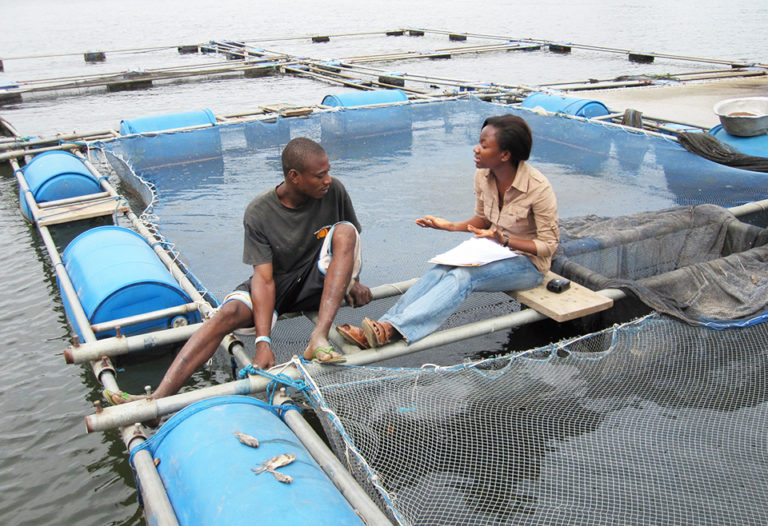
Health & Welfare
Aquaculture in Ghana has overcome its historic fits and starts and is helping to narrow the gap between domestic seafood production and consumption. Production is based on Nile tilapia.

Intelligence
When producers and markets are separated by long distances, economic losses can occur. In a review involving tilapia, water quality was adequate in hauling trucks, although pH levels dropped during transport.
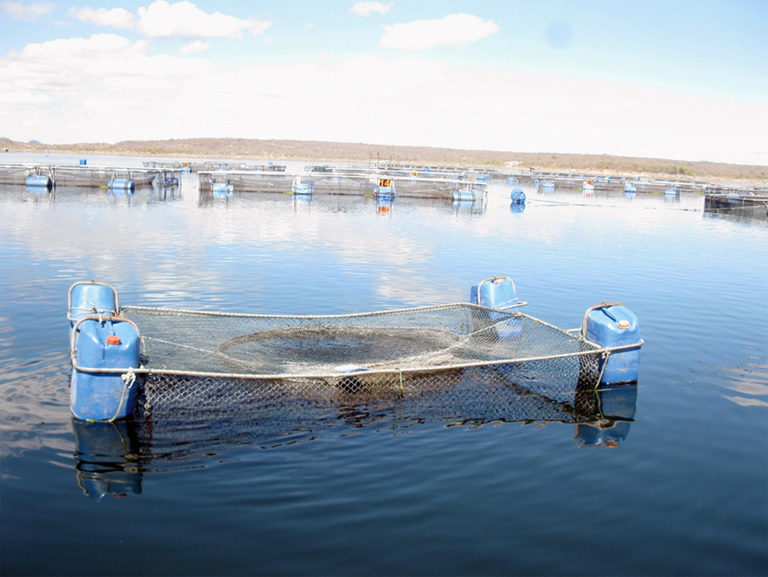
Health & Welfare
A recent study that evaluated the benefits of using probiotics with a balanced mixture of Bacillus bacteria strains to inhibit pathogenic bacteria in tilapia.

Health & Welfare
YY male tilapia technology, based on the genetic manipulation of sex, provides a robust, reliable method of achieving male fish. It avoids the use of hormones and maintains strain purity in genetically normal males.
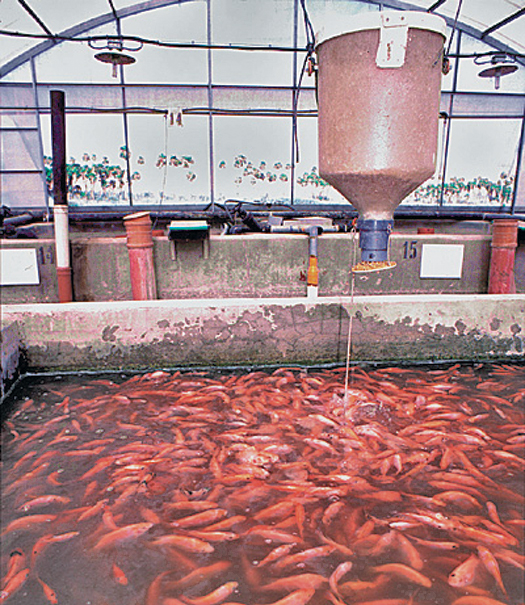
Aquafeeds
A series of experiments showed that fishmeal is not an essential ingredient in hybrid tilapia feeds and that plant protein-based diets can yield results similar to those obtained with diets containing 10 percent fishmeal.
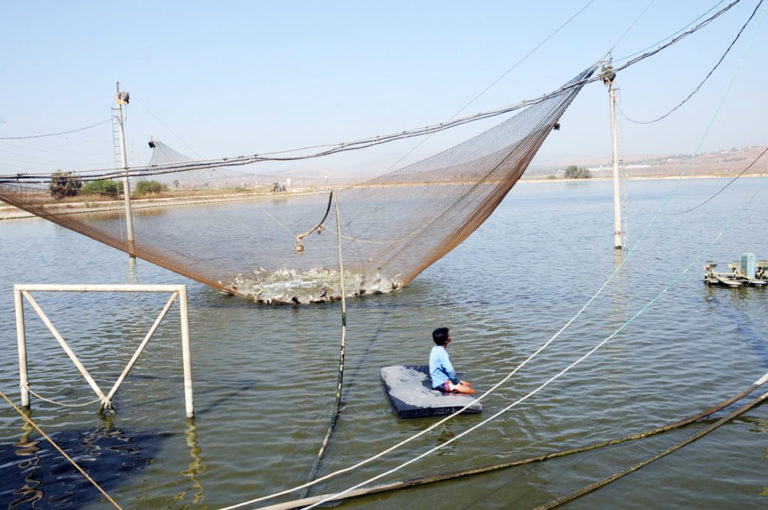
Health & Welfare
The introduction of tilapia to irrigation reservoirs in Israel improved the efficiency of water usage and reduced the cost of water needed for tilapia culture. Although requiring considerable investment, many dual-use reservoirs were constructed and equipped for efficient harvesting.
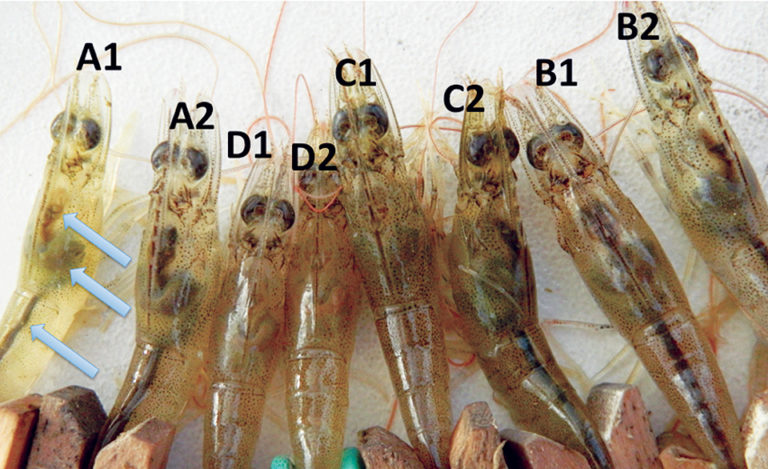
Health & Welfare
A laboratory study at the University of Arizona examined the effects of tilapia to control EMS and mortality in Pacific white shrimp.in controlling AHPN.
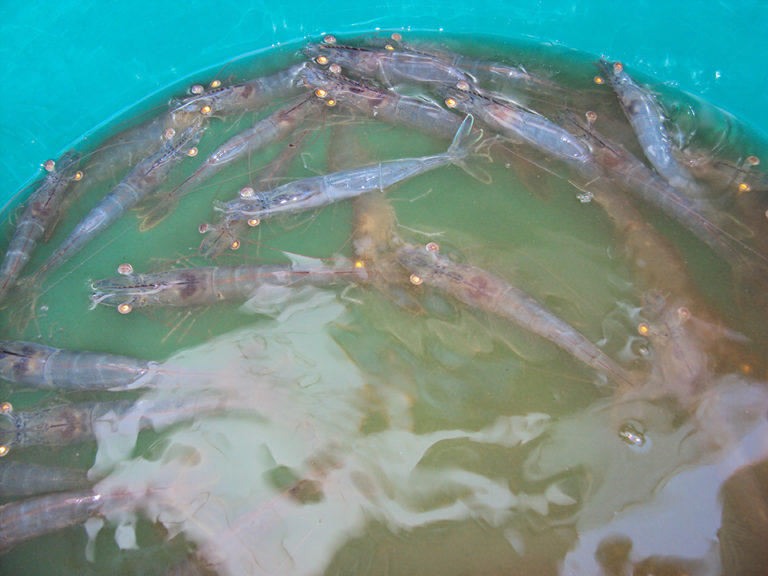
Health & Welfare
Ammonia nitrogen occurs in aquaculture systems as a waste product of protein metabolism by aquatic animals and degradation of organic matter, or in nitrogen fertilizers. Exposure can reduce growth and increase susceptibility to diseases in aquatic species.
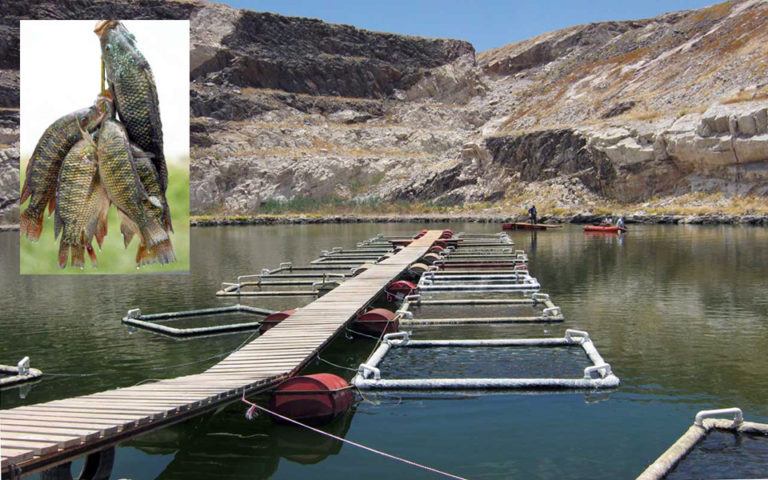
Responsibility
A farm project in Namibia established at a lake formed by an old tin mine incorporates a hatchery facility and grow-out cages to raise tilapia. It utilizes an existing water resource to improve food security and ensures the participation of disadvantaged local communities.
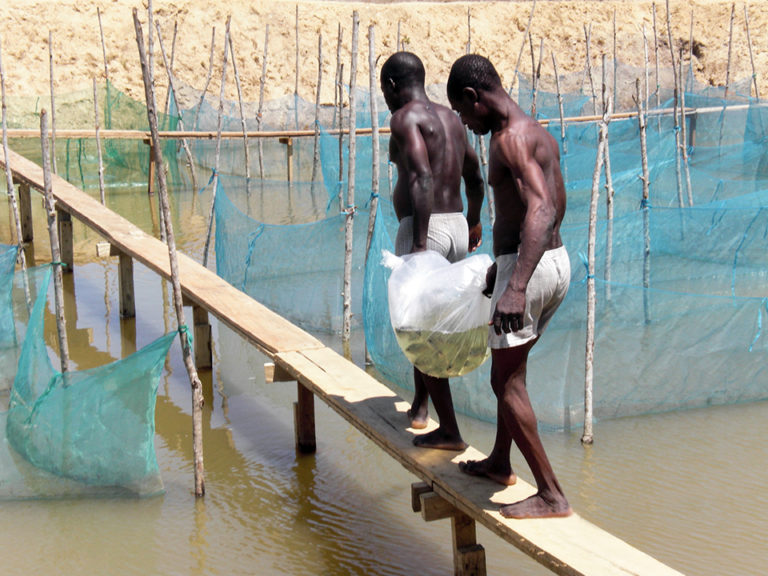
Responsibility
Natural factors, institutional support and a big appetite for fish have all contributed to the growth of aquaculture in Ghana, where about 80 percent of all farmed fish is tilapia.
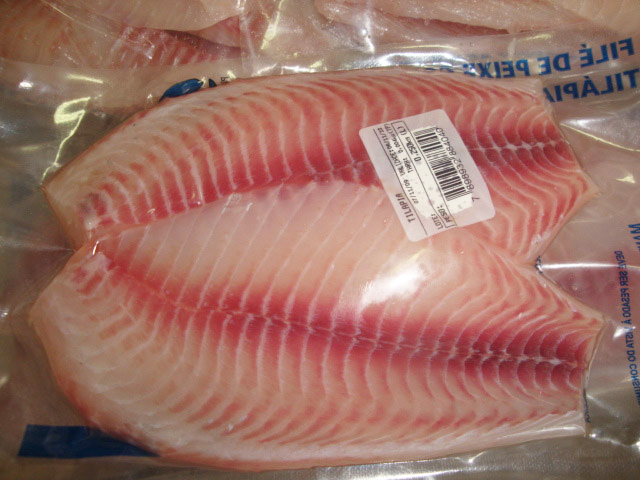
Health & Welfare
In a commercial field trial, Nile tilapia were distributed in net cages and fed diets containing increasing threonine:lysine ratios.
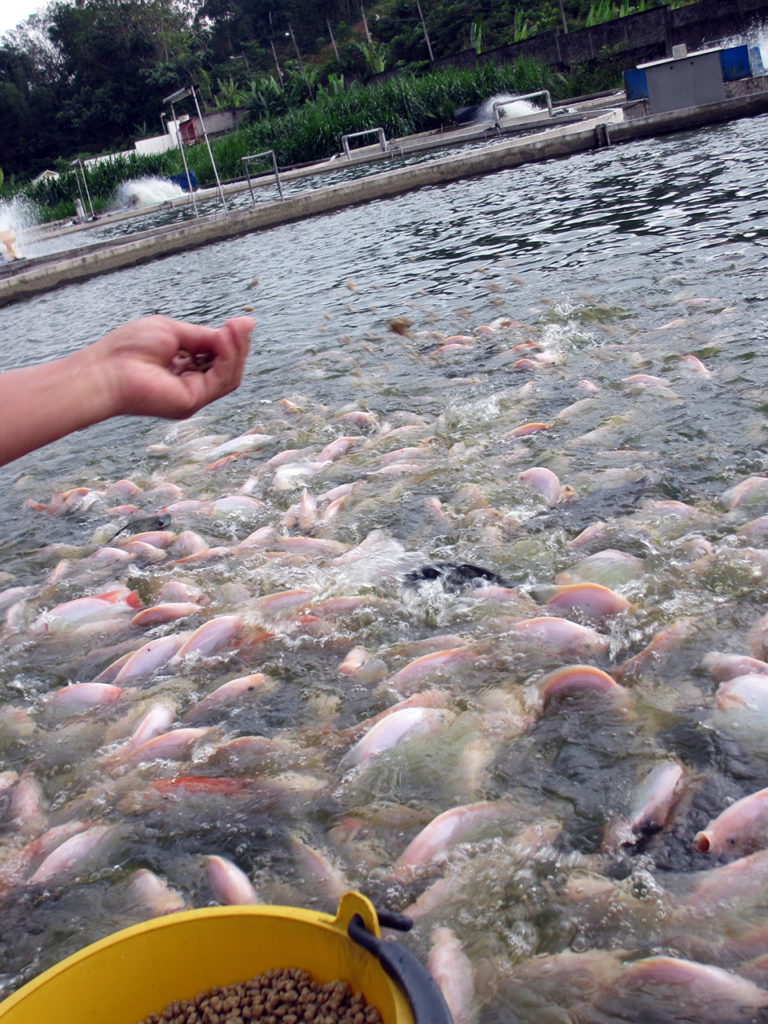
Health & Welfare
In a study, tilapia were fed fish oil- or vegetable oil-based diets for five months, then switched to a fish oil finishing diet for three months. Growth and feeding efficiencies were not significantly compromised.
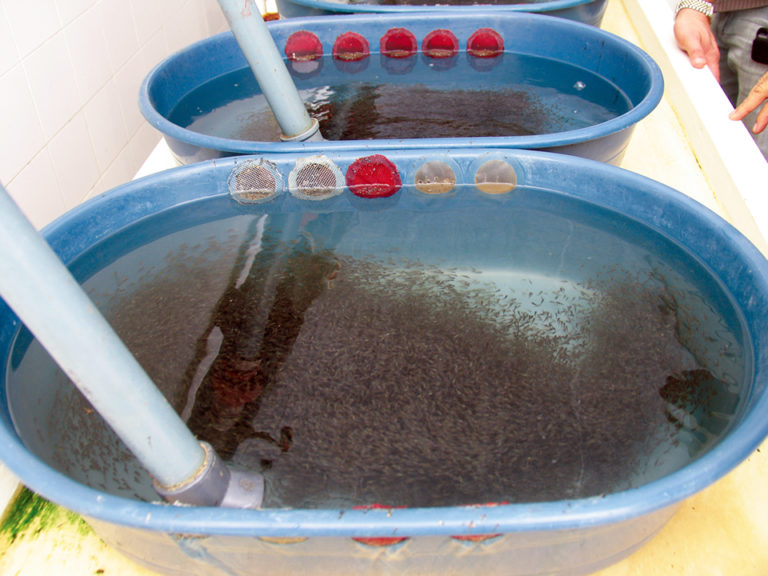
Health & Welfare
Although not universally practiced, the potential benefits of selective breeding in aquaculture outweigh all other options for improving animal performance. The genetic potential of aquaculture animals is plastic and can be improved over a relatively short timeframe.